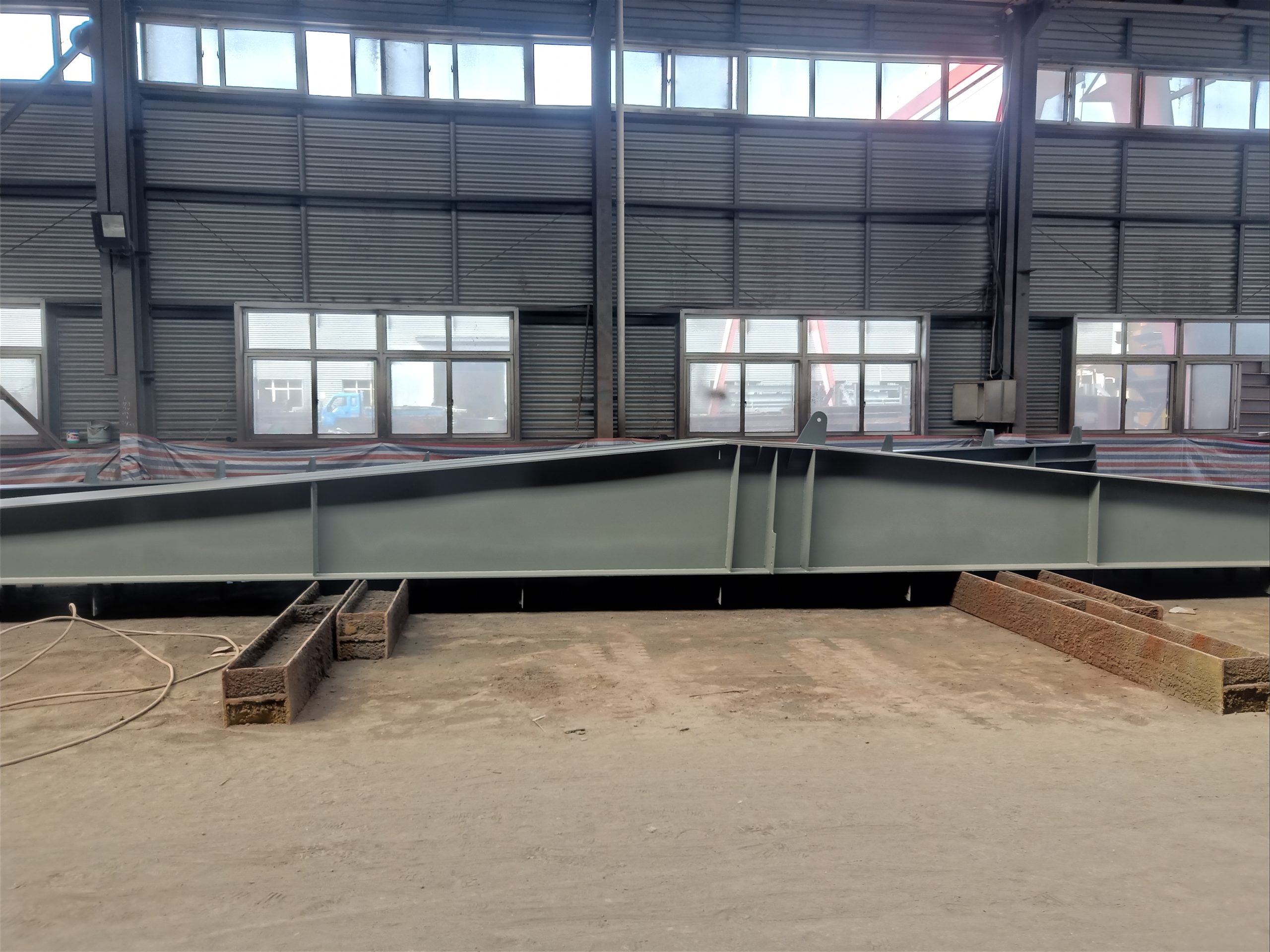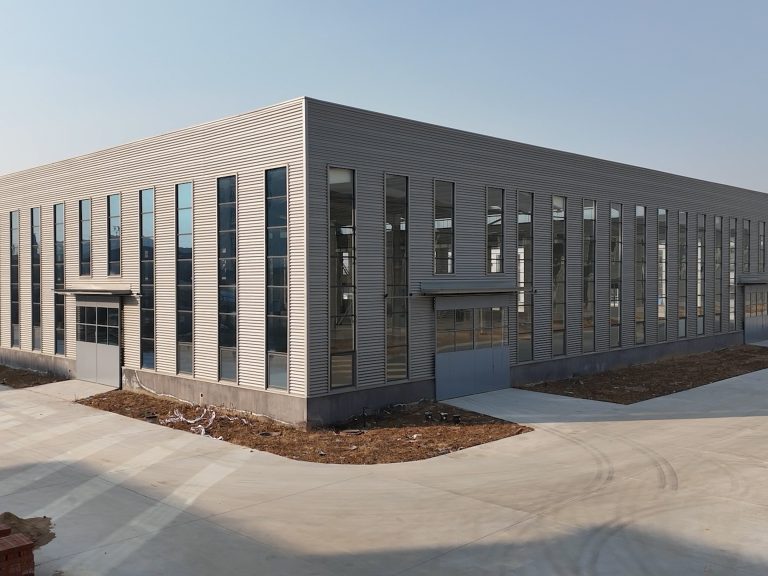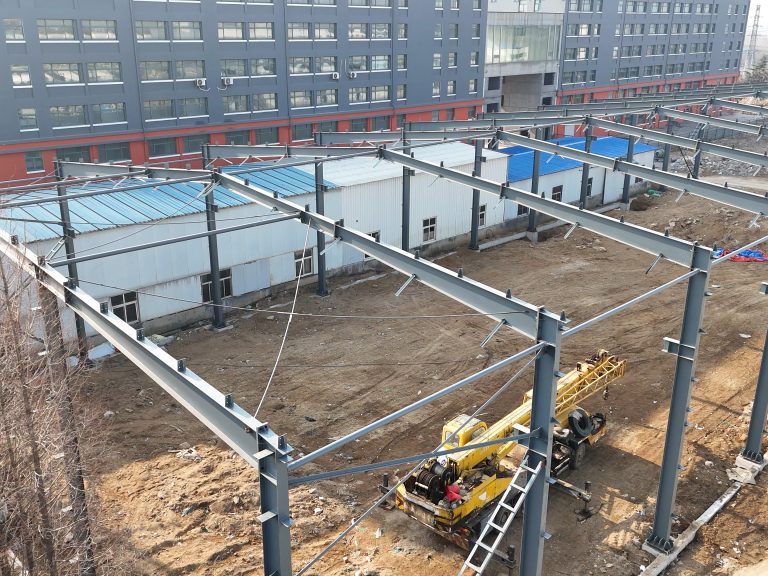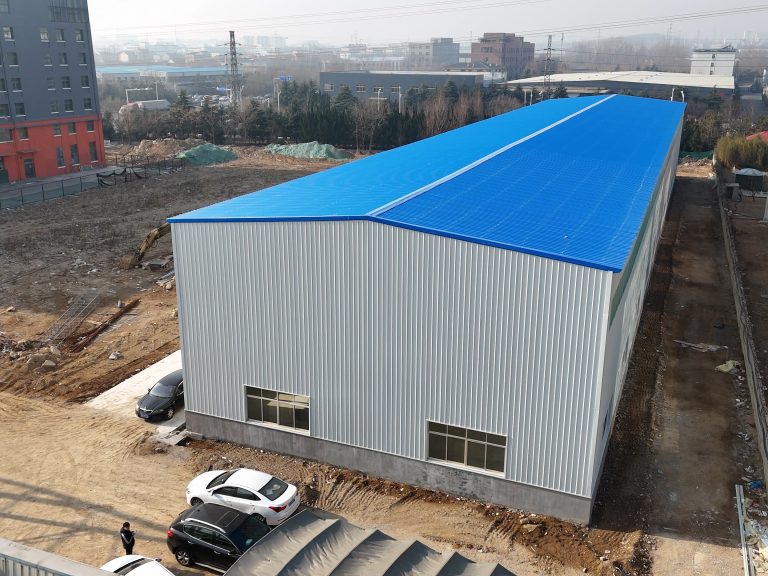Sustainable Design Features of Flat Pack Container Houses
Flat pack container houses have gained popularity in recent years as a sustainable and cost-effective housing solution. These innovative structures are made from repurposed shipping containers, which are readily available and can be easily transported and assembled on-site. In this article, we will explore the sustainable design features of flat pack container houses that make them an attractive option for eco-conscious individuals and communities.
One of the key sustainable design features of flat pack container houses is their use of recycled materials. By repurposing shipping containers that would otherwise end up in landfills, these structures help reduce waste and minimize the environmental impact of construction. In addition, the modular nature of flat pack container houses allows for easy disassembly and reuse, making them a truly sustainable housing option.
Another important design feature of flat pack container houses is their energy efficiency. These structures can be outfitted with a variety of sustainable technologies, such as solar panels, energy-efficient appliances, and high-performance insulation. By incorporating these features, flat pack container houses can significantly reduce energy consumption and lower utility costs for their occupants.

In addition to their energy efficiency, flat pack container houses are also designed to maximize natural light and ventilation. Large windows and skylights can be installed to bring in ample sunlight, reducing the need for artificial lighting during the day. Similarly, strategically placed vents and fans can promote air circulation and cooling, reducing the need for air conditioning in warmer climates.
Furthermore, flat pack container houses can be designed with water-saving features to minimize water consumption. Rainwater harvesting systems can be installed to collect and store rainwater for irrigation and other non-potable uses. Low-flow fixtures and water-efficient appliances can also be incorporated to reduce water waste and promote sustainable living practices.
In terms of landscaping, flat pack container houses can be designed with green roofs and living walls to enhance their sustainability. These features not only provide additional insulation and reduce stormwater runoff but also create a natural habitat for birds, insects, and other wildlife. By incorporating green spaces into their design, flat pack container houses can help promote biodiversity and improve the overall environmental quality of their surroundings.
Overall, flat pack container houses offer a range of sustainable design features that make them an attractive option for eco-conscious individuals and communities. From their use of recycled materials to their energy-efficient technologies and water-saving features, these structures are a testament to the possibilities of sustainable architecture. As the demand for affordable and environmentally friendly housing continues to grow, flat pack container houses are poised to play a key role in shaping the future of sustainable living.







